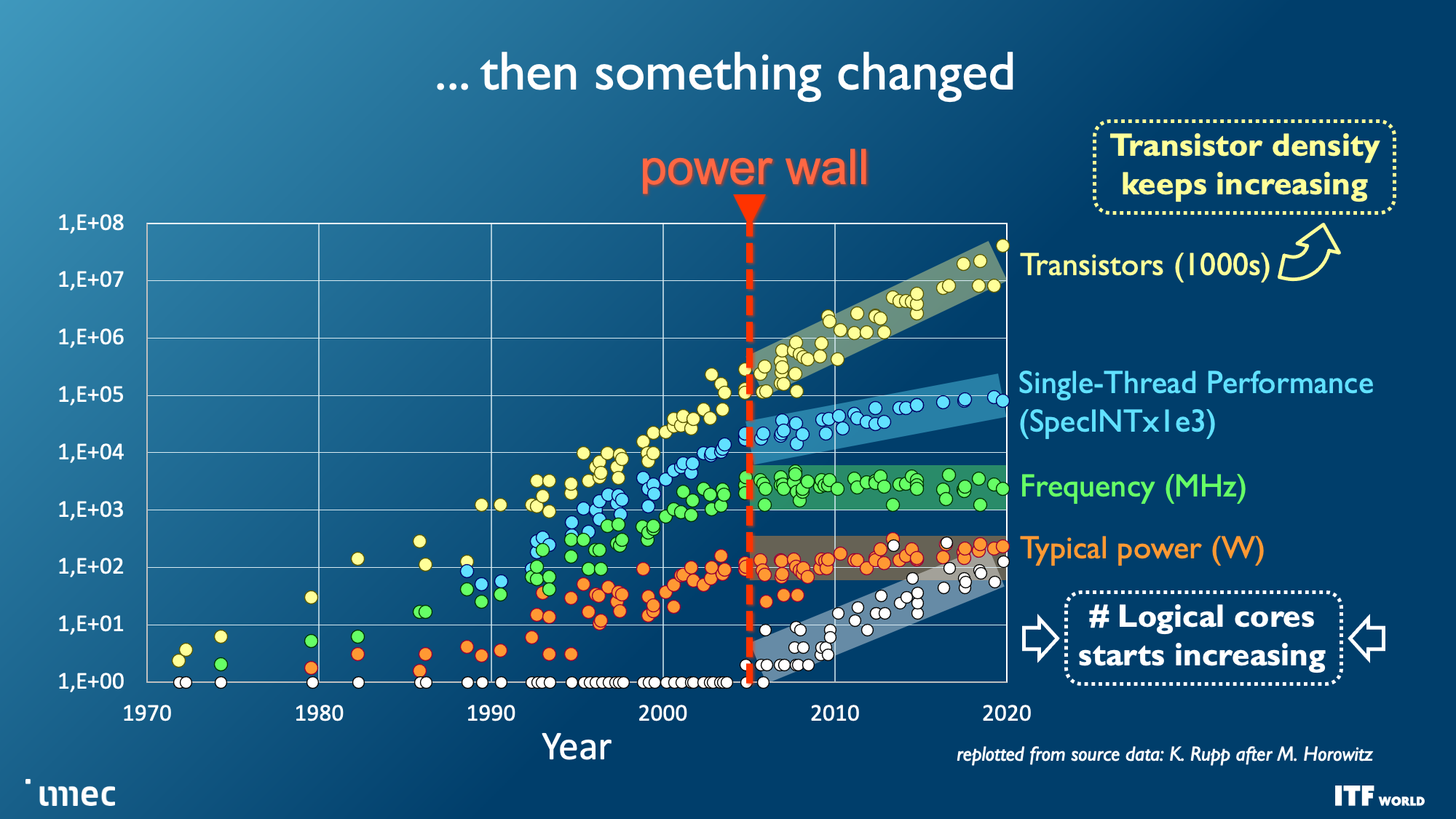Wow, I finally made it through all the slides. If you want a good idea of where the industry is headed, over the next decade, you should really take a close look.
Also, I was poking around some other sites, to see what they think of this roadmap, and I happened upon this call for the USA to form its own equivalent to IMEC (among many other things):
I'm not really clear on the disadvantage of IMEC being European, unless the theory is that it's needed to feed and support semiconductor development from the professional and academic side.
Anyway, I'm not sure it's covering the same roadmap update, but they did reference IMEC's roadmap in a deep dive on the history and future of transistor design. Well out of my depth.



